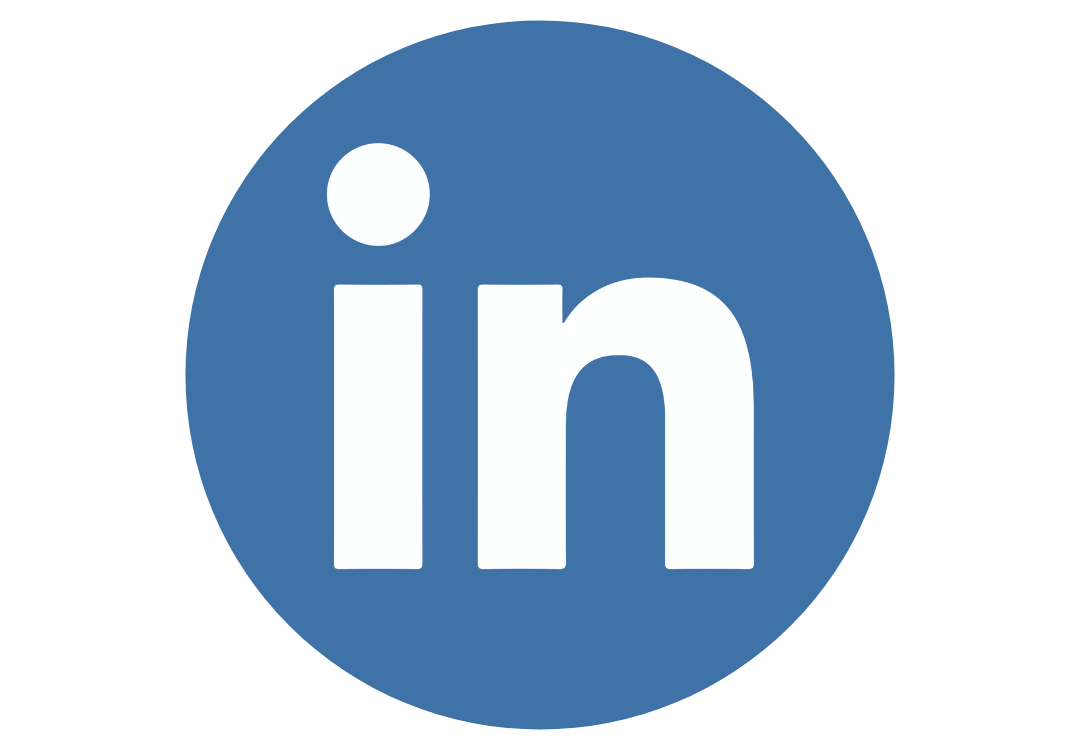Switzerland (Head Quarters)
IDR Medical Switzerland
Austrasse 95, CH-4051 Basel, Switzerland
T:
+41 (0) 61 535 1109
UK
IDR Medical UK
Unit 104 Eagle Tower, Eagle Tower
Montpellier Drive, Cheltenham, GL50 1TA
T:
+44 (0) 1242 696 790
USA
IDR Medical North America
225 Franklin Street, 26th Floor
Boston, Massachusetts 02110, USA
T:
+1 (0) 617.275.4465

Inside Patients World: 4 Ethnographic Studies That Changed Devices
To truly innovate in medical device design, you need to go beyond surveys and interviews - you need to step inside the patient’s world.

When it comes to designing a healthcare market research study, there are a number of different approaches that can be taken, each coming with its own set of distinct advantages and limitations.
Ethnographic research is often included as part of a research project due to its unique ability to capture in-depth, observational insights that other methods may miss.
For example, while qualitative research, like patient surveys, can be effective in collecting data from a large sample size and providing measurable and quantifiable results, it can often overlook the complexities of human experiences in healthcare settings.
Similarly, qualitative methods like focus groups and interviews are great at providing a deeper understanding of personal opinions and experiences, but they may not fully capture the everyday realities and interactions with medical devices in different situations.
Ethnographic research fills this gap by enabling researchers to monitor and analyze the usage of medical devices in the natural environments of patients and healthcare professionals, revealing nuanced real-world insights that other research methods may not uncover.
In this article, we're going to look at the importance of ethnographic research for medical device manufacturers, before taking an in-depth look at some ethnographic research examples in healthcare.
What is ethnographic research?
Ethnographic research in healthcare involves observing the behaviors and interactions of patients and healthcare professionals in real-world settings.
Ethnography has traditionally been completed in person, where researchers visit a hospital, clinic, or patient's home to observe the daily activities of participants and monitor their interactions with medical devices.
However, it’s not always practical or appropriate to accommodate in-person observation in a medical setting, so ethnographic research is increasingly being conducted remotely, using video. Video ethnography can be less intrusive and involves recording or live-streaming the interactions and behaviors of participants.
For medical device manufacturers, ethnography can be incredibly useful in helping to uncover unmet needs, identify pain points, and highlight opportunities for innovation and product improvements.
One of the key advantages of ethnographic research is its ability to identify unexpected issues and challenges and to provide a comprehensive understanding of user interactions with medical devices.
While ethnographic research is extremely useful, it can also be complex, time-consuming, and expensive. It additionally requires careful consideration of patient privacy and compliance with regulations like GDPR.
If you’re looking for a deeper insight into how ethnographic research is used in healthcare, we have an in-depth article: Using Ethnography in Healthcare
How can ethnographic research be used in medical settings?
Since 2008, IDR Medical, has been conducting healthcare market research across more than 30 countries.
We frequently use ethnography in our medical device market research because it offers the deep insights required to refine product design, ultimately improving patient care and treatment results.
Explore our guide for a deeper look at our ethnographic approach in healthcare, or continue reading to see some examples of ethnographic research in action.
1. Understanding unmet needs in orthopedic surgery
Ethnographic research can be incredibly useful in identifying unmet needs in specialized medical fields, such as orthopedic surgery.
IDR Medical recently conducted an ethnographic study for a company specializing in wound care, focusing particularly on knee and hip arthroplasty procedures.
As part of the study, we recruited orthopedic surgeons and asked them to record their surgeries, providing voice-over narrations explaining their decision-making processes and their choices in products during the surgery.
To gain a complete understanding of the entire surgical and healing journey, patients were also recruited for post-surgery ethnographic research. They were asked to keep daily diaries, video commentary, and regular questionnaires. This not only captured the patient's healing progress but also their experiences and challenges during recovery.
This research provided the wound care company with deep insights into every stage of the surgical and healing process, helping them develop a more holistic approach to creating and positioning their acute care portfolio.
By addressing the experiences of both surgeons and patients, the company was able to enhance the effectiveness and relevance of its products.
2. Cultural sensitivities in device design
Another ethnographic research example in healthcare is understanding how cultural differences influence the acceptance and use of medical devices
For example, ethnographic research spanning a number of different countries might identify a reluctance towards invasive medical devices for the monitoring of medical conditions in certain geographic regions. This reluctance may lead to reduced compliance, which can affect treatment outcomes.
In response to this insight, a medical device manufacturer might develop a non-invasive monitoring device using sensor technology, which was more readily accepted across different cultures, expanding its global market reach.
3. Paediatric medical device design
Ethnographic research is especially useful in pediatric healthcare, providing insights into how children interact with medical devices such as inhalers and nebulizers.
Children's reactions and usage patterns can be quite different from adults, and other qualitative research methods, such as interviews and focus groups, can be less reliable when dealing with children. This makes ethnographic research even more critical as part of a holistic process.
For example, an ethnographic study might reveal that younger children are hesitant to use a particular medical device. This could be due to the device's size or its intimidating appearance.
By combining these ethnographic observations with survey research, a medical research company might conclude that the device's design and size were indeed causing apprehension among young patients.
With this knowledge, the manufacturer might choose to redesign the device, making it more child-friendly by incorporating appealing colors and a less daunting design. This could help to reduce young patients' apprehension of using the device, ultimately improving their compliance and treatment outcomes.
4. Home healthcare management
Home healthcare management is another area where ethnographic research can be particularly effective.
A recent study by IDR Medical focused on respiratory support for sleep patients using CPAP devices.
This study combined ethnographic observation of patients' interactions with their CPAP devices at home with empirical data from the devices' built-in monitoring systems.
By closely observing how patients used their devices in a home setting and analyzing the statistical data generated by the CPAP machine, we were able to gain a more comprehensive understanding of user behavior and device performance.
Our insights led to the manufacturer making significant improvements in device usability, resulting in an improved patient experience and treatment outcomes.
Considering ethnographic research for your healthcare service or products?
If you're considering integrating ethnographic research into your product development, it’s important to choose the right partner.
IDR Medical has more than a decade of experience in healthcare market research spanning over 30 countries, bringing a wealth of knowledge and a proven track record in delivering impactful and actionable insights.
Whether it's uncovering unmet needs in specialized medical fields or exploring patient behavior and device interaction, we have the skills and experience to guide your project to success.
Find out more about our approach in our helpful guide on ethnographic research methods, or book a free consultation today.




